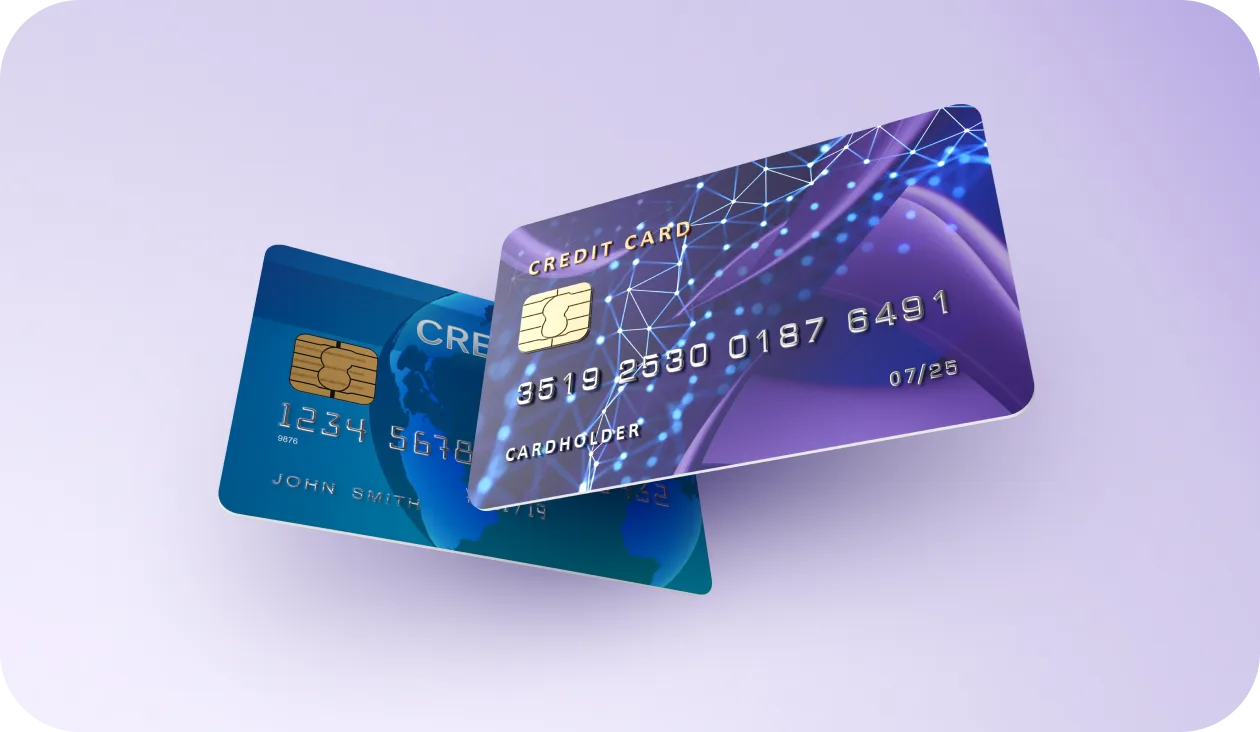
Travel Like a Pro: Best Luggage Sets Flyers Recommend
If you fly a lot, you know the wrong suitcase can wreck a trip. Here’s the thing: frequent flyers aren’t precious about luggage. They’re picky. They want gear that rolls straighter, survives baggage belts, and keeps them moving. I’ll walk you through what actually matters—and where the best luggage sets quietly win.
What frequent flyers really carry (and why)
The veterans chase three things: reliable wheels, light weight, and shells that don’t crack under pressure. Most rotate a carry-on plus a checked bag that nest together at home. The quiet win? Sets with matching wheel geometry and handles—everything balances better when you stack. If you’re eyeing the best luggage sets, look for consistent components across sizes so your carry-on rides piggyback without fishtailing.
Hardside vs. softside: the real trade‑offs
Hardside (ideally polycarbonate) resists rain, protects better, and looks sleek. Softside (ballistic or high‑denier nylon) flexes, pockets easier, and often weighs less. I’ll be blunt: if baggage handlers are in your future, hardside is safer; for road warriors living out of overhead bins, softside’s quick‑access pockets are gold. The best luggage sets usually offer both, but polycarbonate beats ABS if you want fewer cracks and better dent recovery.
Two‑piece or three‑piece: how many bags do you actually need?
Here’s where people overbuy. A smart two‑piece (carry‑on + 27–28" checked) handles most trips. Add a medium 24–26" only if you split packing or do mixed‑length itineraries. Pro tip: confirm the carry‑on is truly 22 × 14 × 9 inches including wheels—some sets fudge it. The best luggage sets nest perfectly so storage doesn’t hijack your closet.
Spinner vs. roller: airport reality check
Spinners (four or eight wheels) glide in terminals; rollers (two wheels) shine on curbs, cobblestones, and long ramps. Frequent flyers often carry a spinner and check a spinner or roller depending on the route. If you pick spinners, go for larger, recessed wheels with sealed bearings—tiny caster wheels are the first to die. The best luggage sets upgrade wheel hardware across the entire set so you’re not nursing the big bag every trip.
Materials that last (and the ones that don’t)
Polycarbonate: tough, springy, great in cold. ABS: cheaper, more brittle—fine for light use, not ideal for constant checking. Aluminum: gorgeous, rigid, heavy; dents but keeps rolling. Ballistic nylon: abrasion‑resistant and repairable. Look for beefy #10 zippers (YKK if you can), corner guards, and a handle that doesn’t wobble like spaghetti. The best luggage sets quietly list materials in detail; if a brand is vague, that’s a tell.
Features worth paying for—and what to skip
Compression panels beat loose straps. TSA‑accepted locks are nice; just don’t rely on them for real security. Expanders are useful, but keep them zipped on the outbound so you’ve got breathing room coming home. Built‑in USB ports? Meh—another failure point. A tracker pocket is handy if you AirTag. If you’re comparing the best luggage sets, prioritize wheels, handles, and shell first; everything else is a bonus.
Warranty and support (please read this part)
Lifetime warranties vary wildly. Some cover parts only, some labor, some airline damage, many don’t. Keep receipts, register the set, and check whether wheels and handles are user‑replaceable. Believe it or not, responsive parts support can add years to a case. The best luggage sets pair decent materials with service that actually sends you a wheel kit when you need it.
Carry‑on rules: what really fits overhead
Airlines list 22 × 14 × 9, but some gate sizers are tighter and European carriers can be smaller and stricter on weight. If you often fly abroad, consider a slightly slimmer international carry‑on. Quick test: if the carry‑on in a set looks chunky, measure wheel‑to‑wheel. The best luggage sets publish external dimensions that include handles and wheels—no surprises at the gate.
How to pack a set so it actually helps
Use the carry‑on for dense, valuable stuff you can’t lose: meds, cables, outfits for 48 hours. Heavy shoes nest heel‑to‑toe near the wheels. The checked bag gets bulk and low‑risk items. If you’re traveling with someone, cross‑pack a day’s kit in each other’s bag—lost luggage hurts less. Compression cubes make the best luggage sets feel bigger without overstuffing and popping zips.
Who should go hard‑side, soft‑side, or aluminum?
If you check bags often or travel in wet climates, pick polycarbonate hardside. If you live in overhead bins and love outer pockets, grab softside. If you want heirloom vibes and don’t mind scuffs, aluminum’s a joy. The best luggage sets match your travel style first, aesthetics second—nice design doesn’t help when a wobbly handle ruins a sprint to gate C17.
My short list by traveler type
Weekend warrior? A lightweight softside two‑piece keeps you nimble. Family trips? A durable polycarbonate three‑piece saves arguments and nests cleanly. International hopper? An “international” carry‑on plus a 26–27" checked is the sweet spot. Design lover? Aluminum carry‑on + medium trunk if you don’t mind patina. If you want exact models (and the sneaky duds to avoid), I put my updated picks and photos in my full review on Consumer's Best. It’s where I keep the best luggage sets I’d actually spend my own money on.
Bottom line
Good luggage disappears into the trip. That’s the test. If your wheels track straight, your handle doesn’t wobble, and your shell shrugs off rough handling—you’re set. When you’re ready to pick, skim the details, not just the colors. And if you want a nudge, I’ve already done the legwork on Consumer's Best so you can grab the best luggage sets without second‑guessing at 1 a.m.





